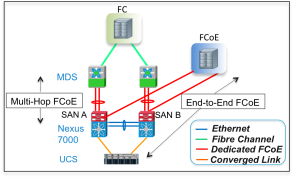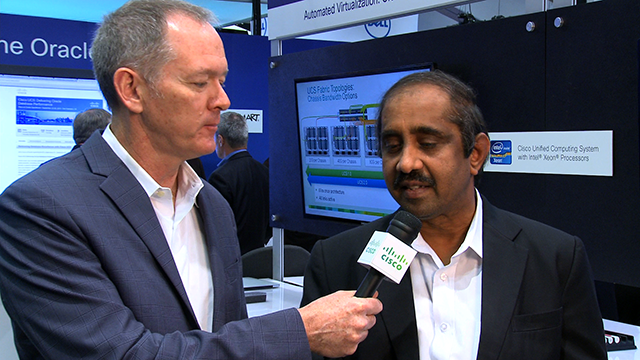Over the last 15 months Cisco has revolutionized how organizations provide reliable, secure access to end-users and devices that connect via wireless, wired or VPN networks. This new approach to unified access delivers significant operational improvements by delivering One Policy, One Management, and One Network. However, operational improvements are only half of the story. As a key solution within the Cisco ONE Enterprises Network Architecture, Cisco Unified Access allows IT to shift from merely managing the network to driving business change by delivering new connected experiences.
Business Innovation Starts with Mobility
IT is looking beyond just securely onboarding mobile devices to now scaling the access across devices. The goal is to provide the best possible user experience for rich media applications while managing the applications and content on these devices. Mobile device use continues to grow and the bandwidth required by the applications on those devices is likewise increasing. Higher mobile density, and the need for an infrastructure that can handle it, is becoming a necessity: Continue reading “Cisco Expands the Reach and Power of Unified Access to Drive Business Innovation”
 Before delving into the details, a bit of background – The University of Siegen is a modern educational institution with a strong international profile. Its 17,500 students and 1700 staff are based in eight locations around the town of Siegen in Germany, although more than 11 percent of students come from other countries. The BYOD, e-learning initiatives and other research applica
Before delving into the details, a bit of background – The University of Siegen is a modern educational institution with a strong international profile. Its 17,500 students and 1700 staff are based in eight locations around the town of Siegen in Germany, although more than 11 percent of students come from other countries. The BYOD, e-learning initiatives and other research applica



CONNECT WITH US